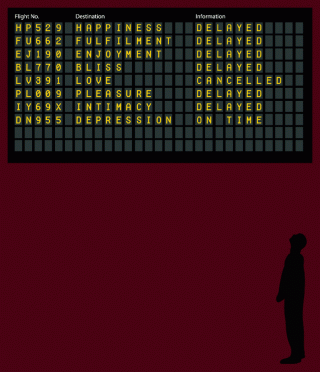Friday, December 5, 2014
The DIY JBOD
The HP N40L Microserver has four hot swap bays, a fifth SATA port that I use for OS, and an eSATA port that can be flipped to a sixth internal SATA drive. I have always had 6-7 drives in it (2.5 laptop drive connected to internal USB header on motherboard)
I have a slew of working, lesser capacity SATA drives sitting in an old Antec atx case.
As mentioned in my DIY Sonos report, I'm cheap. Drobo, QNAP, Synology aren't worth it for me.
So why not a DIY JBOD?
I made one. It works.
Wednesday, November 26, 2014
Using Phones as DIY Sonos
I have spent an unnecessarily unfortunate amount of time trying to achieve a few tech things in my house. For cheap.
For years I used an HP Microserver as an htpc, although its limits of directly playing 1080p video (native) via VGA was the most prominent problem.
Then the Amazon Fire TV (AFTV) came out, and since I have been a Prime member from inception, I gave it a shot.
It's perfect. Netflix has never been a problem as my TV has it built in, even a button on the remote just for Netflix. But now I have Prime video, for what it's worth (not much), and way more importantly: XBMC/Kodi. I consider Kodi to be the perfect solution for the modern media enthusiast.
On the AFTV, I can use the Fire remote, my iPad, or my phone to control Kodi. The Microserver now sits in a different room, resolved to NAS and file serving duties. It streams 1080p just fine to the AFTV over wifi.
So one problem solved: a good, silent HTPC that allowed dubious media and was wife friendly (dubious media meaning Icefilms, Genesis, and the like. Although my wife refuses to watch CAMs and has issues with TS)
The next problem I have dealt with since 2010 is the concept of the "smart speaker," which Sonos has perfected. My parents have a few of the speakers, and it works great for them. I'm too cheap, and wanted an alternative that didn't have restrictions.
In 2010, I used an Asus router with usb capabilities, after seeing this video, to re-flash to linux for streaming. The problems with that option were cache and memory sizes, but another problem that has prevented most fixes: controlling the speaker from a different device. It ultimately failed: great for streaming WYEP and DroneZone, not good for local media on a grand scale.
Subscribe to:
Posts (Atom)
